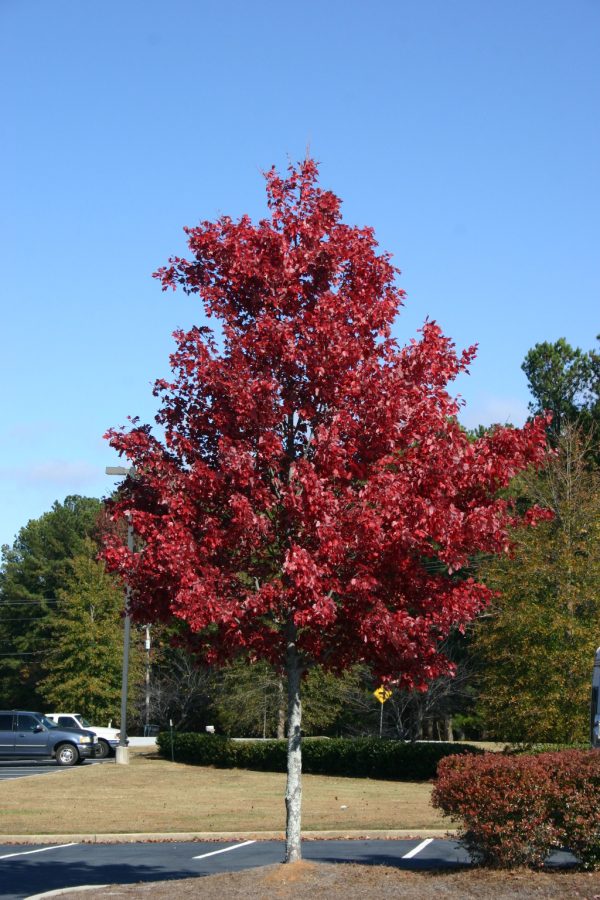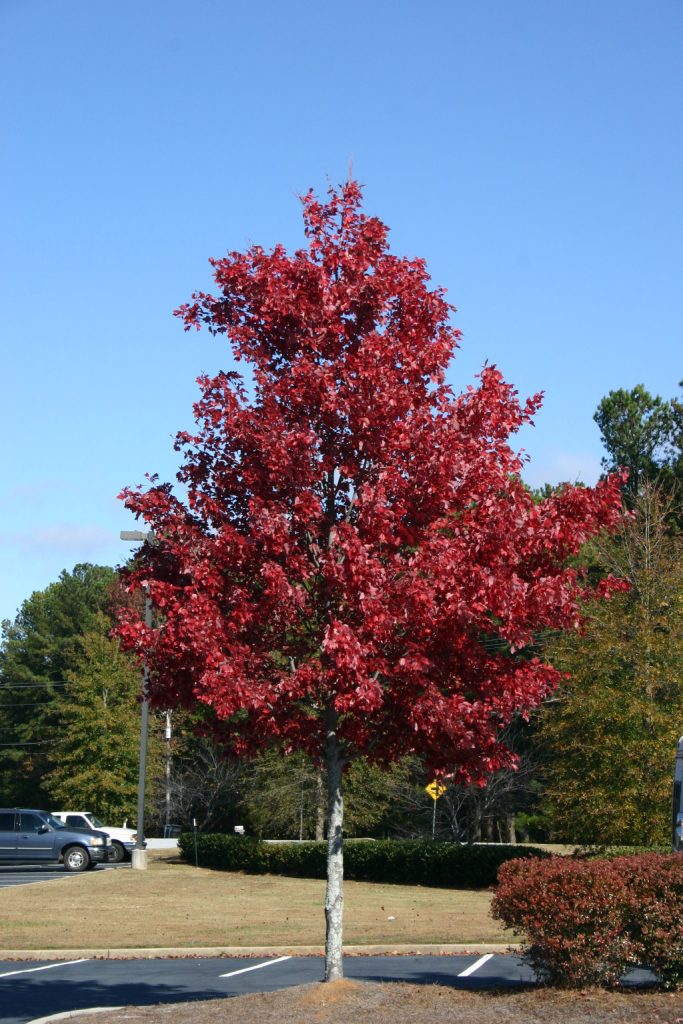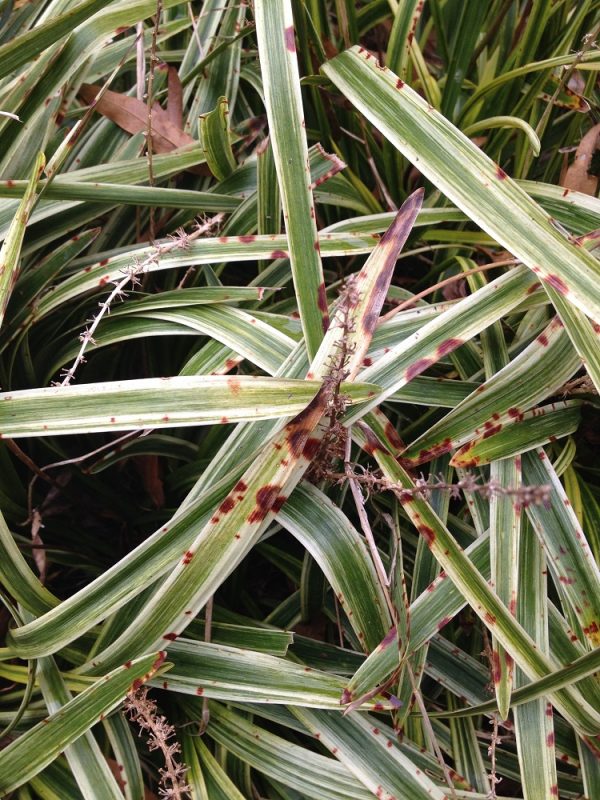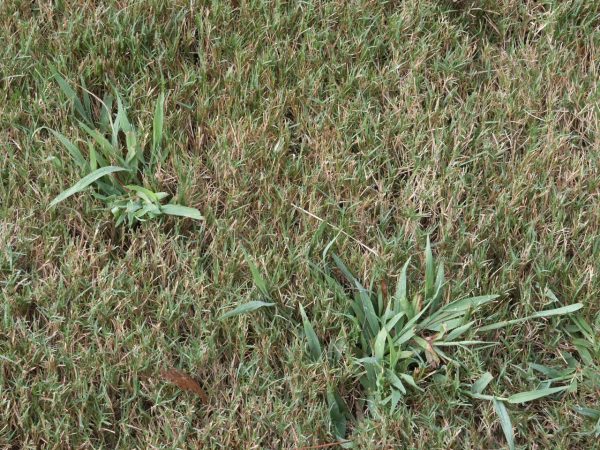Tree – Transplanting

A couple of weeks ago I detailed Dr. Tim Smalley’s techniques for moving shrubbery. His horticulture students also get plenty of practice transplanting trees when they tire of moving shrubs. With the soil as moist as it is, this is a fine time to move small trees, barring extreme cold. If you have a tree that needs moving, here is The University of Georgia horticulture method:
SIZE MATTERS Studies have shown that the root ball of a tree that is professionally dug contains only fifteen to fifty percent of the roots that were present on the plant originally. With so few of the existing roots harvested, it is amazing that so many trees survive a move. Big trees demand a big root system. If you attempt to move by hand a tree much taller than six feet you won’t be able to bring enough roots with it to support summer growth. It may live for a year but eventually the root loss will cause its death.
Dr. Smalley suggests a minimum root ball diameter of eighteen inches or twelve inches for every inch of trunk diameter four feet above the ground. For example, a dogwood whose trunk is three inches in diameter at chest height requires a root ball thirty six inches wide. A ball that wide and eighteen inches deep would weigh 440 pounds. Unless you have lots of burly friends, stick with moving small trees around your landscape.
NO ROOT BALL? If the weight of the root ball is intimidating, consider transplanting your tree sans soil. Many deciduous shrubs and trees can be easily transplanted bare root (all root, no soil) in late winter. Use a spading fork to carefully excavate the roots and shake the soil from them. Recalcitrant roots can be cleanly clipped. Even trees with trunks two to four inches in diameter can be moved in this manner. The new planting site must be shoveled to the correct shape beforehand so the bare root tree can be set in place with a minimum of effort. Whichever method you use, the tree and its roots should be planted at the same level in the soil in which they were growing before.
WATERING Whether the tree is moved with or without soil on its roots, attention to watering for the next year is critical. A root ball transplanted tree has only a small volume of soil from which to draw moisture. Direct your water hose at the base of the tree, applying ten to fifteen gallons every week if it does not rain. New roots will emerge by late spring but they will not be able to supply the water needs of the tree unless the soil is kept constantly moist (but not soggy) for a year.
STAKING If your tree is larger than four feet tall, it will need supplemental support. Drive a six-foot long pointed stake into the ground on either side of the tree eighteen inches from the base. Use soft rope, thick strips of cloth or steel wire run through a section of old water hose to loosely secure the tree to each stake. The trunk should be able to move with the wind but not fall down. The swaying movement encourages anchor roots to form underground. Remove the supports twelve months after you plant the tree.
FERTILIZING As with shrubs, little fertilizer is needed immediately after planting. Add a cup or two of garden lime into the soil when you dig the bed. This is all the tree needs for two months. Once the leaves are fully expanded, scatter a pint of 10-10-10 under the branches.
MULCH Finally, mulching is nearly essential to the successful growth of young trees. Mulch conserves soil water, moderates soil temperatures, inhibits competing plants and acts as a barrier between trees and mowers. Mulch should cover an area at least two times larger than the planting hole. Even larger mulch islands can greatly encourage growth, so don’t mulch out to the edge of the planting hole and stop. Mulch encourages roots to grow into the native soil around the original hole so all your present effort is rewarded by a healthy tree for years to come.















